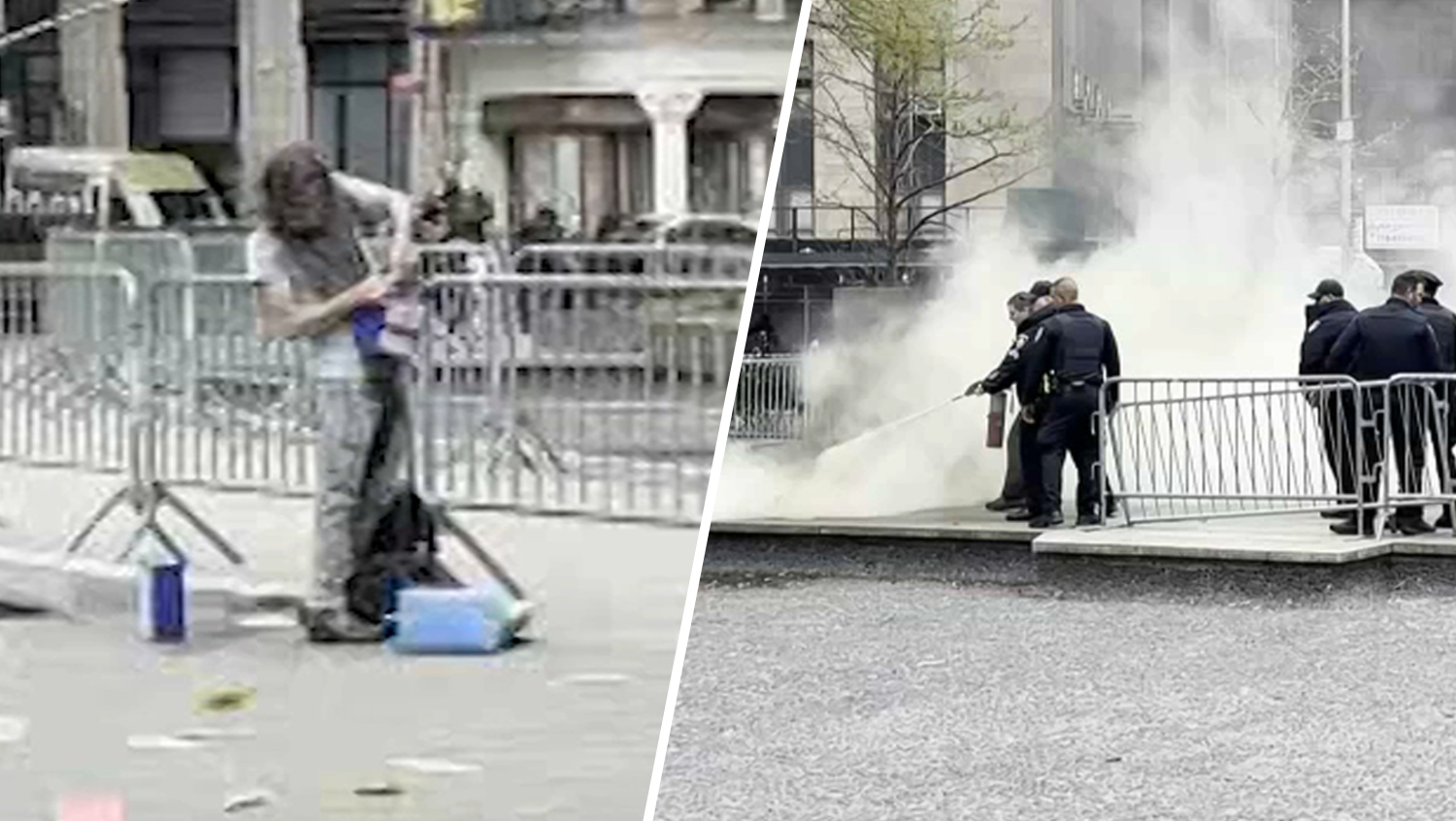The U.S. Coast Guard in Northern California seized 12,000 pounds – or six tons – of cocaine valued at $181 million from a semi-submersible vessel in the Pacific Ocean 200 miles south of Mexico, the largest bust of its kind in Coast Guard history.
Chief Warrant Officer Allyson Conroy said that the Alameda, Calif.-based crew of the Coast Guard Cutter Stratton also apprehended four suspected smugglers from Colombia and seized 275 bales from the vessel on July 18. A total of 4,000 pounds of the drug sank, however, during the historic seizure.
Conroy did not identify the men, but said they were turned over to the Drug Enforcement Agency. US Dept. of Justice spokeswoman Casey Rettig would not release their names until the defendants make their initial appearance in federal court. Apparently, the suspects are still on the Coast Guard cutter en route to Alameda.
Helment camera video taken by the Coast Guard shows mostly shirtless men crawling out from the bottom of their blue vessel as narcotics crews took them onto their orange vessel. "Afeura! Afuera!" or "Get out! Get out!" a Coast Guard crew member can be heard shouting to the men.
The Coast Guard announced the seizure on Wednesday. The delay was mostly due to red tape involved with so many different agencies in different countries involved in the seizure, officials said.
Illicit traffickers use semi-submersible vessels, Conroy said, because they are mostly submerged, with just the cockpit and the exhaust pipe visible above water. She said they are very difficult to detect. She also would not disclose how the crew detected this particular vessel, saying only that, "We have cutters in the air and on boats to make sure that the seas are safe."
U.S. & World
A U.S. Navy plane spotted the vessel from the air, Conroy said.
After removing the majority of the cocaine, Conroy said the crew tried to tow the vessel to shore for evidence, but it began taking on water and sank, bringing with it 4,000 pounds of cocaine left inside.
"There's no environmental concern," she said. "They were still packaged in bales, which is mostly just plastic and duct tape."
While the July discovery was the largest of its kind, the Coast Guard based in Alameda has stopped a total of 15 different drug smuggling attempts since April, including another semi-submersible vessel carrying 5,460 pounds of cocaine June 16, Conroy said. While the military crew is based in the Bay Area, the federal agency is deployed throughout the world.
Since May, the crew has seized more than 33,000 pounds of cocaine worth more than $540 million, she said. The July 18 bust set a record as the largest amount seized from the type of vessel involved.
According to the Coast Guard, there have been 25 known semi-submersible interdictions in the Eastern Pacific Ocean since November 2006 when the first documented bust occurred.
NBC Bay Area's Shawn Murphy, Bob Redell and Gonzalo Rojas contributed to this report.



